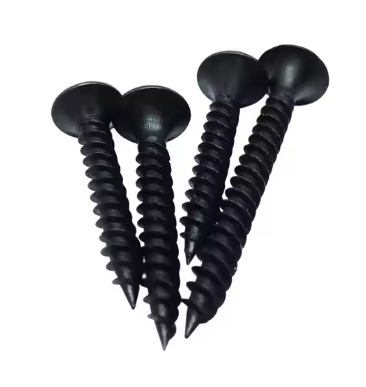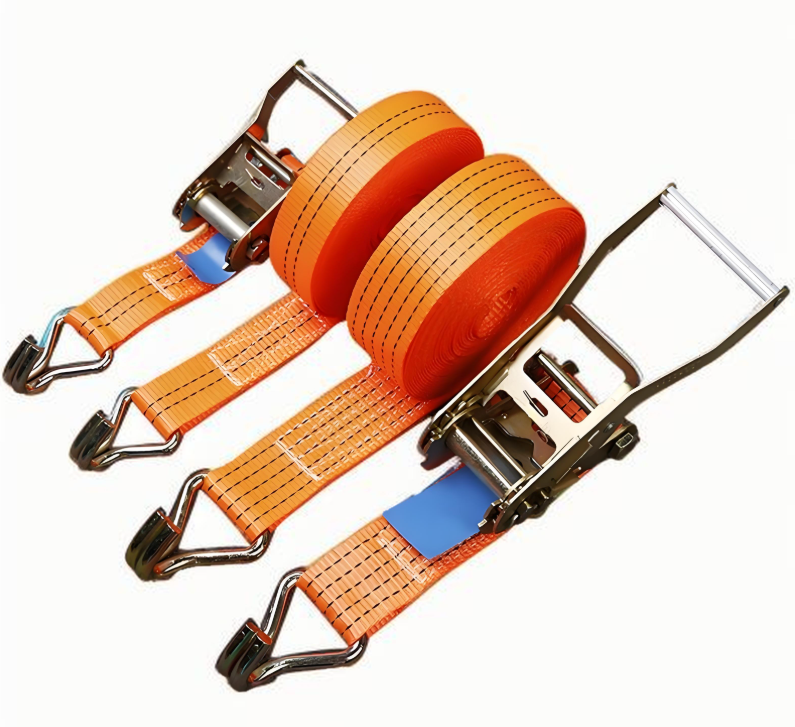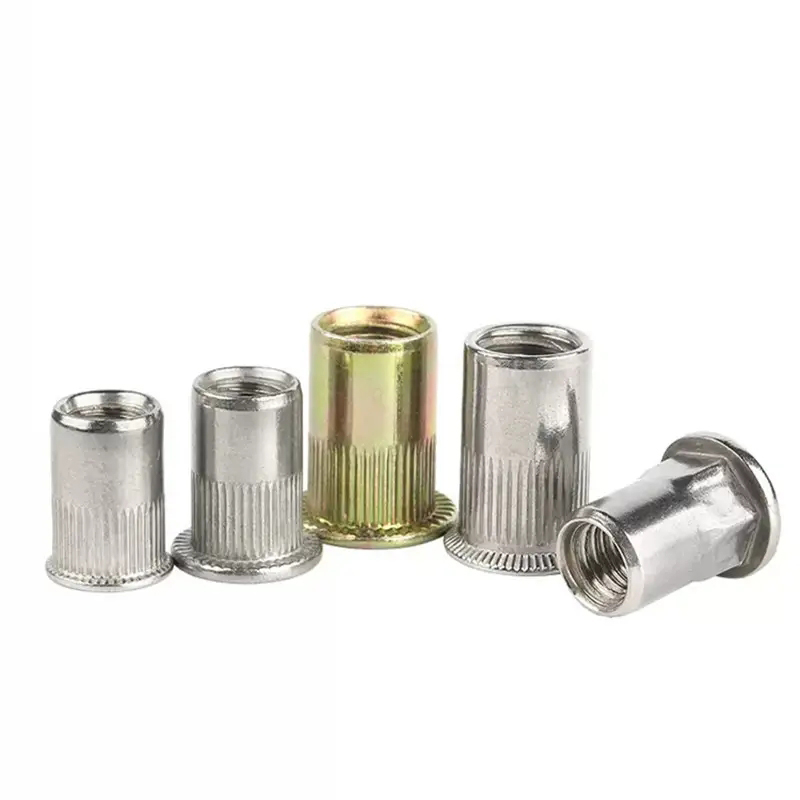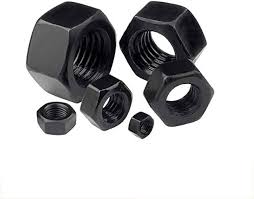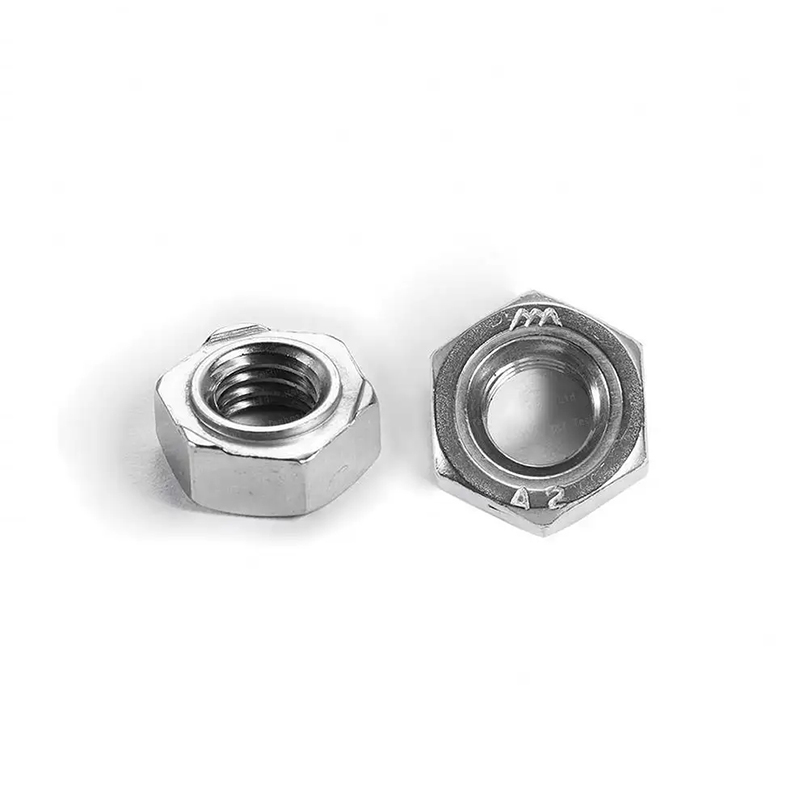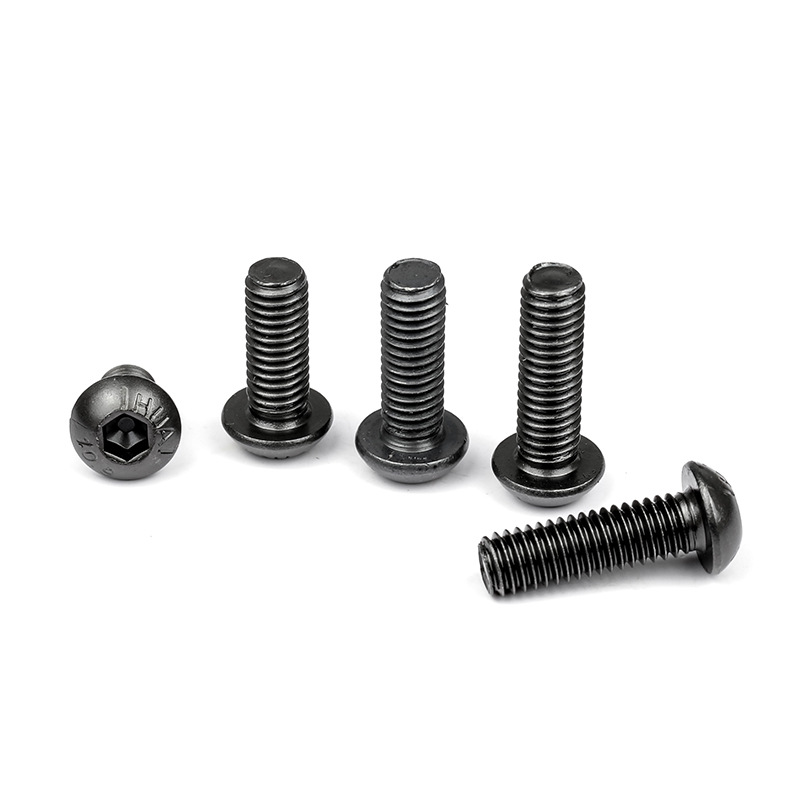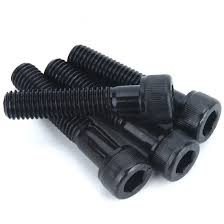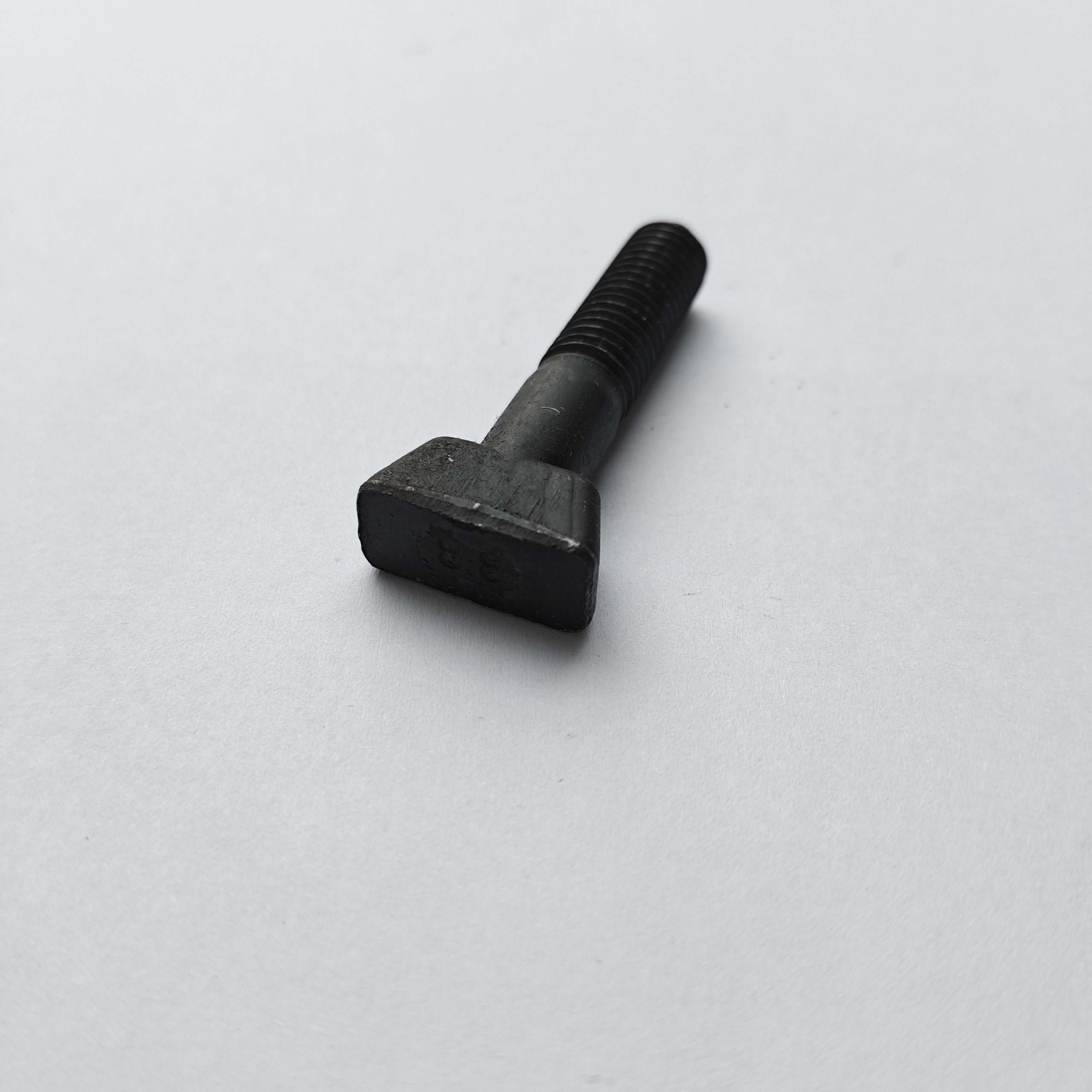

This comprehensive guide explores the world of stainless steel lag bolts, helping you select the perfect fasteners for your specific needs. We'll cover different types, sizes, materials, and applications, ensuring you have the knowledge to make informed decisions for a successful project. Learn about the strengths and weaknesses of various options and understand how to install them correctly. Find the right stainless steel lag bolts for your next project.
Stainless steel lag bolts, also known as lag screws, are heavy-duty fasteners used to join thicker materials, such as wood to metal or wood to wood. Unlike standard screws, they feature a larger diameter shank and a coarse thread pattern, providing exceptional holding power. Their stainless steel composition makes them highly resistant to corrosion, making them ideal for outdoor or moisture-prone environments. The material commonly used is 304 stainless steel, known for its excellent corrosion resistance. Hebei Dewell Metal Products Co., LTD (https://www.deweLLfastener.com/) offers a wide selection of high-quality stainless steel lag bolts for various applications.
Stainless steel lag bolts come in various types, differentiated by their head style and point type. Common head styles include: Hex Head, Flat Head, Oval Head, and Countersunk Head. Point types include: Sharp Point, Blunt Point, and Fine Point. The choice depends largely on the application and material being fastened. A hex head offers superior torque application, while a countersunk head provides a flush finish.
Selecting the appropriate size stainless steel lag bolt is crucial for ensuring a strong and secure connection. The size is determined by the diameter and length of the bolt. The diameter should be sufficient to withstand the anticipated load, while the length should be long enough to penetrate sufficiently into the material being fastened. Consult relevant building codes and manufacturer specifications for recommended sizes. Incorrect sizing could lead to failure or damage to the materials.
While most stainless steel lag bolts are made of 304 stainless steel, higher-grade options like 316 stainless steel are available for applications requiring superior corrosion resistance, such as marine environments or high-chloride areas. Understanding the difference in material grades is key to selecting the right fastener for the application’s longevity. Remember to check the manufacturer's specification for the exact grade of stainless steel.
Stainless steel lag bolts are incredibly versatile and have numerous applications in construction, woodworking, and various other industries. Common uses include attaching heavy beams to posts, securing deck boards, joining wooden structures to metal supports, and fixing heavy equipment. They're frequently chosen due to their strength and corrosion resistance.
The advantages of stainless steel lag bolts include: superior strength, excellent corrosion resistance, ease of installation, and versatility in applications. Their higher strength and resilience make them ideal for heavy-duty applications where standard screws might fail. Their corrosion resistance makes them well suited for outdoor installations and damp areas.
Correct installation is vital for the long-term performance of stainless steel lag bolts. Pre-drilling pilot holes is generally recommended to prevent splitting the material, especially when working with wood. Using a countersinking bit ensures a clean, flush finish for applications where a countersunk head is used. Always tighten the bolt appropriately – over-tightening can strip the threads or damage the materials.
Always wear appropriate safety gear, including safety glasses and gloves, when working with stainless steel lag bolts. Use the correct tools for the job and ensure that the materials are securely fastened. Follow manufacturer instructions and relevant safety regulations for handling and installation.
| Material Grade | Corrosion Resistance | Typical Applications |
|---|---|---|
| 304 Stainless Steel | Good | General construction, woodworking, light industrial |
| 316 Stainless Steel | Excellent | Marine environments, chemical processing, high-chloride areas |
This information is for general guidance only. Always consult the manufacturer's specifications and relevant building codes before undertaking any project.

